Roof Sheathing Replacement Benefits

Spring offers ideal conditions for roof inspections, allowing for early detection of sheathing issues.
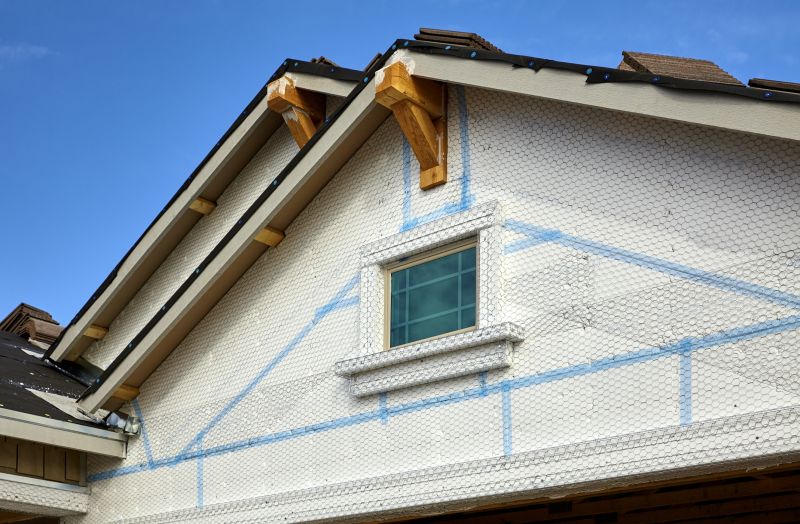
Warm, dry summer months facilitate efficient sheathing replacement with minimal weather disruptions.
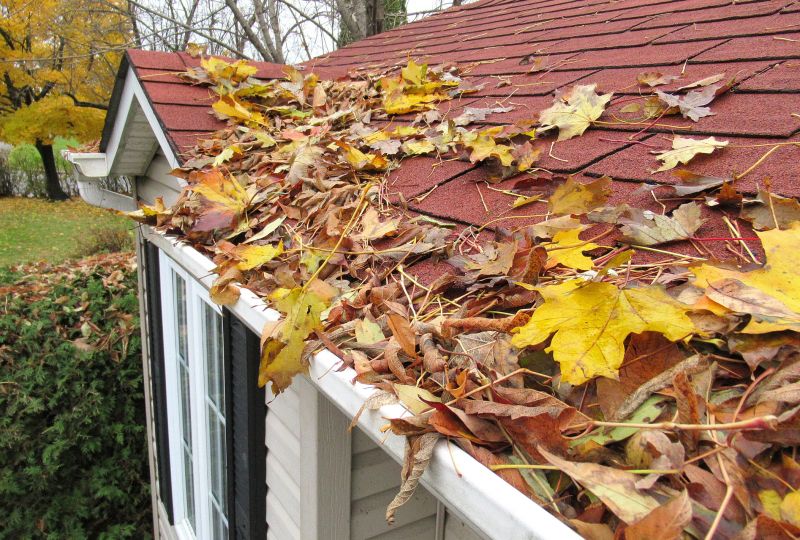
Performing replacements in fall ensures the roof is ready for winter, reducing potential damage.

Ways to make Roof Sheathing Replacements work in tight or awkward layouts.
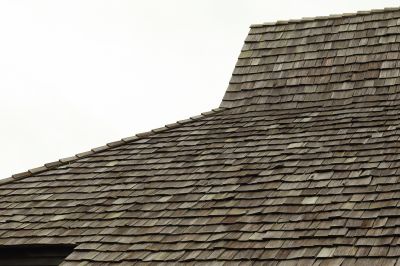
Popular materials for Roof Sheathing Replacements and why they hold up over time.
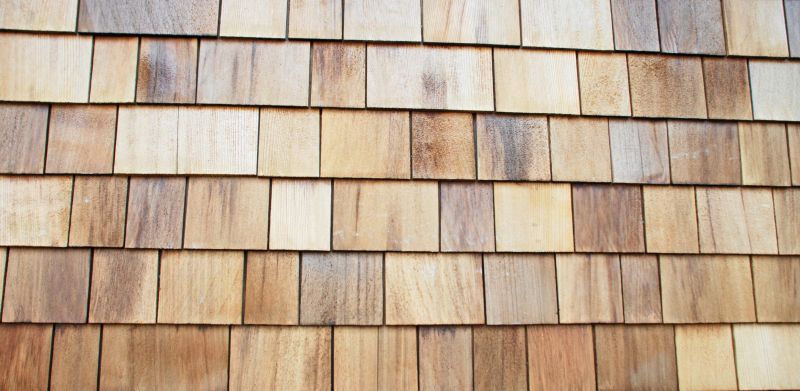
Simple add-ons that improve Roof Sheathing Replacements without blowing the budget.
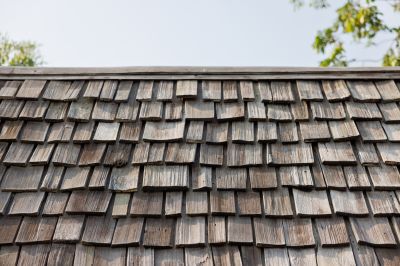
High-end options that actually feel worth it for Roof Sheathing Replacements.

Finishes and colors that play nicely with Roof Sheathing Replacements.
Roof sheathing replacements are essential for maintaining the structural integrity of a building's roof. Sheathing acts as the foundation for the roof covering and provides support for the roofing materials. Over time, exposure to weather, moisture, and structural stress can cause sheathing to deteriorate, warp, or become damaged. Replacing compromised sheathing can prevent leaks, improve energy efficiency, and extend the lifespan of the roof. Proper timing of replacement can minimize disruption and ensure optimal weather conditions for installation.
Visible warping, sagging, or water stains indicate the need for replacement.
Extreme weather events accelerate wear, making timely replacement crucial.
Replacing sheathing during favorable weather can reduce labor costs and prevent further damage.
Plywood and OSB are common options, each with different durability and cost considerations.

Close-up of warped and water-damaged sheathing.
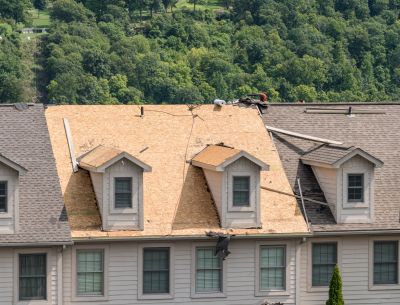
Removing old sheathing to prepare for new installation.
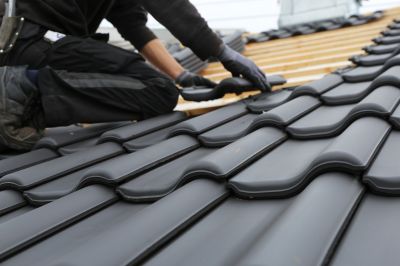
Properly fitted sheathing panels in place.

Sealing the new sheathing to prevent moisture intrusion.

Ensuring quality and proper fit of the new sheathing.
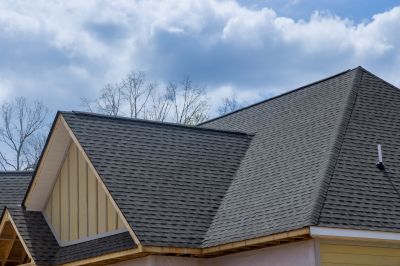
Completed installation with protective roofing materials.
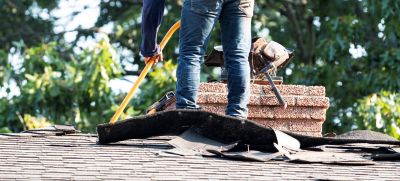
Common tools for sheathing removal and installation.

Final look after sheathing replacement and roofing.
| Season | Advantages |
|---|---|
| Spring | Ideal for inspections and early repairs before heavy weather. |
| Summer | Optimal weather for installation with minimal delays. |
| Fall | Prepares the roof for winter, reducing damage risk. |
| Winter | Generally not recommended due to weather constraints. |
| Post-storm | Timely repairs after storms prevent further damage. |
Choosing the right time for roof sheathing replacements involves considering weather patterns, the extent of damage, and the urgency of repairs. Scheduling during dry, moderate weather minimizes delays and ensures quality installation. Regular inspections, especially after severe weather events, can identify issues early, allowing for timely replacements that preserve the roof's integrity. Proper timing also helps in managing costs and reducing the risk of additional damage caused by delayed repairs.
